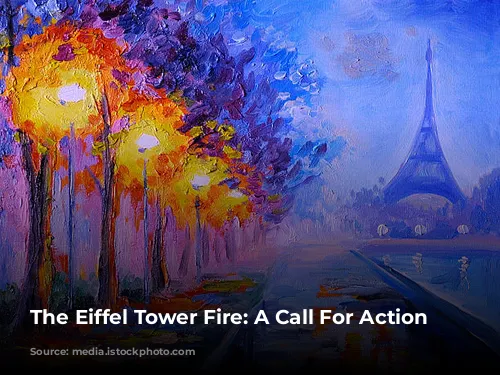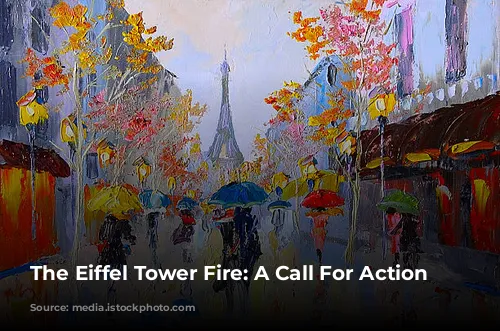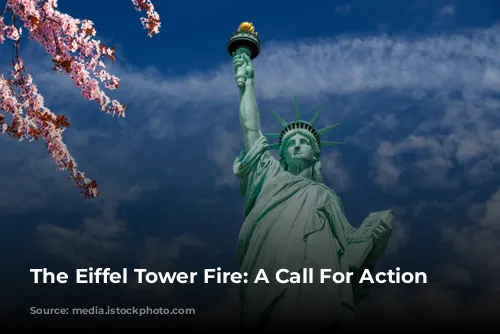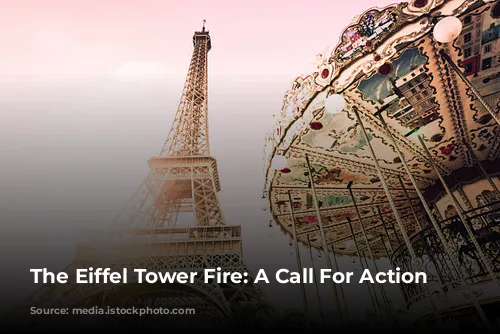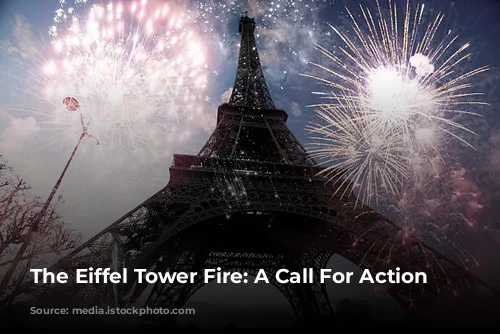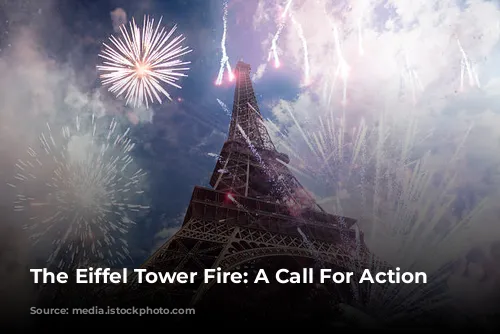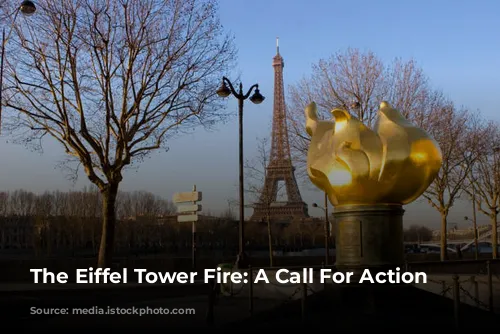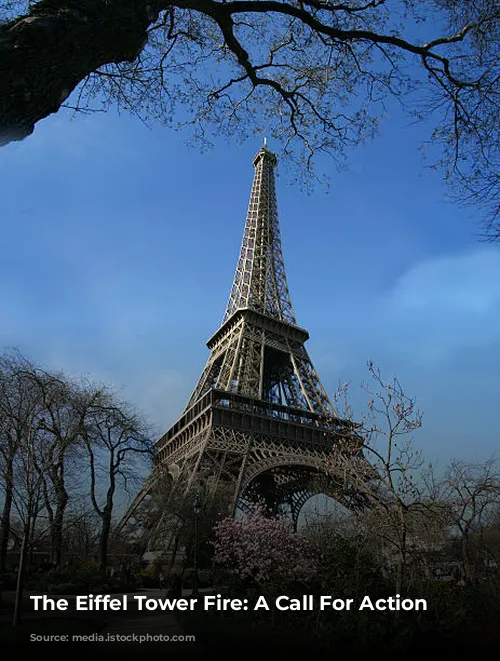The recent fire incident at the Eiffel Tower, one of the most recognizable landmarks in the world, has sent shockwaves through Paris and beyond. This iconic structure, a symbol of France’s rich history and engineering prowess, was suddenly facing a threat to its safety. This incident raises critical questions about the protection of historical structures in our modern world, especially in the face of growing urban threats.
This article dives deep into the fire’s timeline, its impact on safety measures, and the Eiffel Tower’s enduring significance in our modern world.
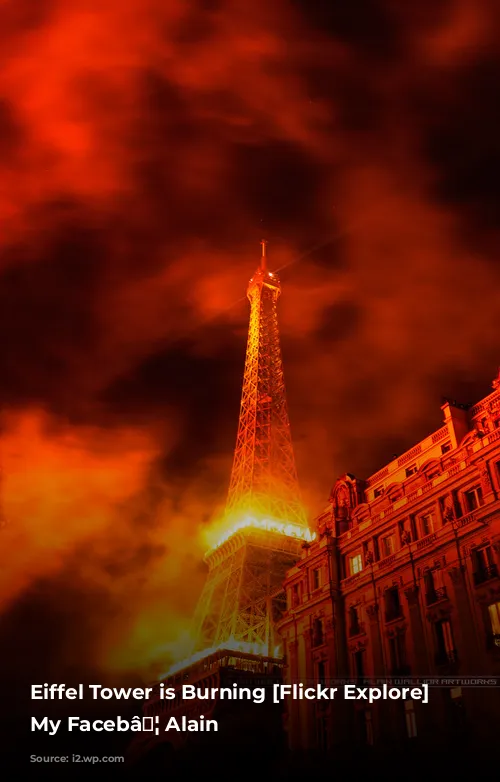 > My Faceb⦠Alain” loading=”lazy”/>
> My Faceb⦠Alain” loading=”lazy”/>
A Fire’s Aftermath: Lessons Learned
The Eiffel Tower, a wrought-iron marvel designed by Gustave Eiffel, has stood tall since 1889. It was initially met with criticism, but it has since become a global cultural icon. The recent fire, which occurred on [insert date], sent smoke billowing from the structure, causing immediate alarm. Emergency services swiftly responded, evacuating visitors and securing the area. Thankfully, the fire was contained, and the main structure remained largely unscathed. However, the incident served as a wake-up call regarding fire safety protocols for iconic structures.
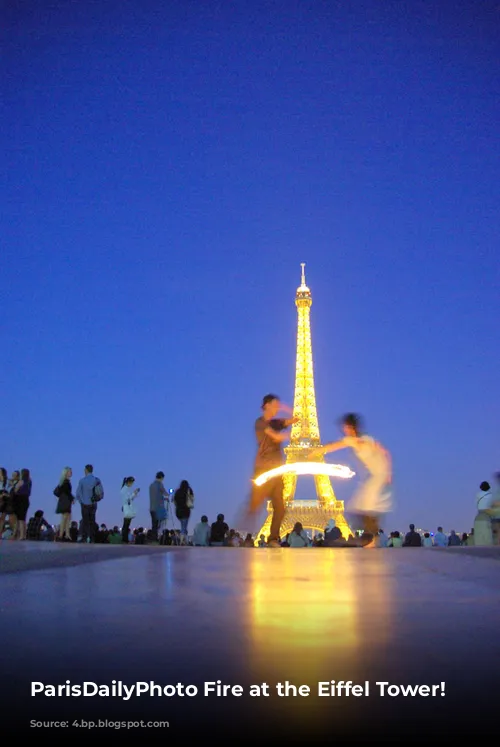
Investigating The Cause And Responding To The Threat
The cause of the fire was investigated thoroughly. Early theories pointed to electrical malfunctions or maintenance activities within the tower. The investigation revealed faulty wiring in the area where the fire originated, along with a lack of adequate fire suppression systems. Authorities responded promptly, with the Paris Fire Brigade playing a pivotal role in extinguishing the fire and ensuring public safety.
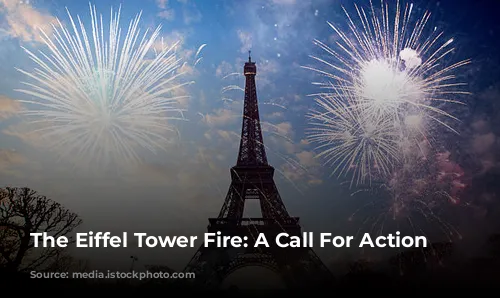
The Impact On The Eiffel Tower And Its Future
The fire had a noticeable impact on tourism, with many visitors expressing concerns about the tower’s safety. Visitor numbers dipped temporarily while safety assessments were conducted and improvements implemented. The Eiffel Tower, a symbol of Paris attracting millions of tourists each year, has always been a testament to France’s cultural heritage. The fire incident sparked discussions about the importance of maintaining safety standards in historical structures, not only to protect the landmark but also the safety of its visitors.
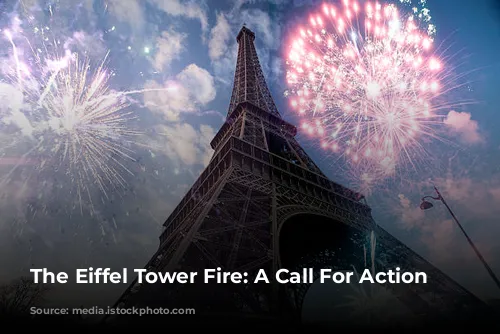
The Eiffel Tower Fire: A Turning Point For Safety
The incident served as a harsh reminder of the importance of fire safety in historical landmarks. Key takeaways include the need for regular maintenance and inspections of electrical systems, particularly in structures of such significance. The incident highlighted the importance of integrating technology with traditional preservation methods to ensure the safety of these iconic structures for future generations.
The Eiffel Tower fire, while causing minimal damage to the structure itself, has had profound implications for tourism and public safety. As we continue to cherish the beauty and significance of the Eiffel Tower, prioritizing safety becomes paramount to protect both the landmark and the millions of visitors who admire it each year.
